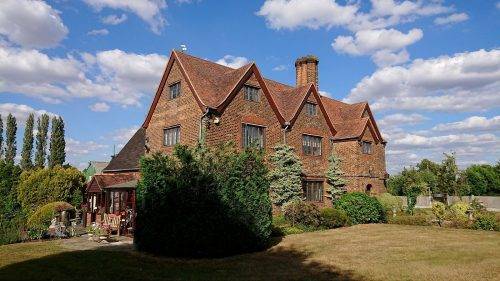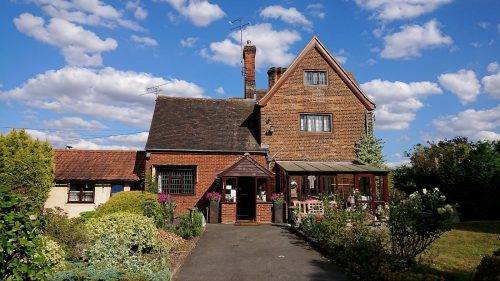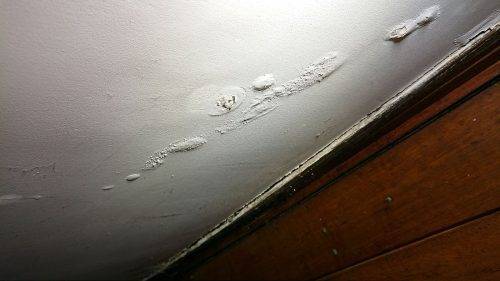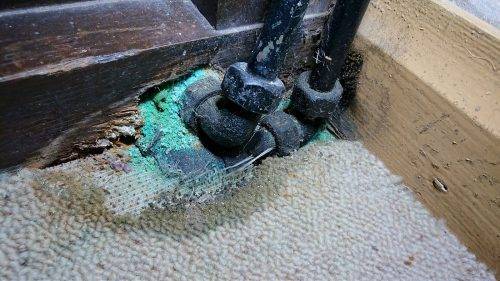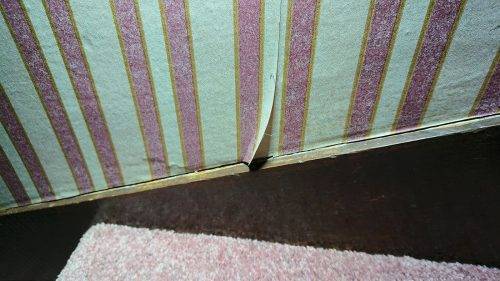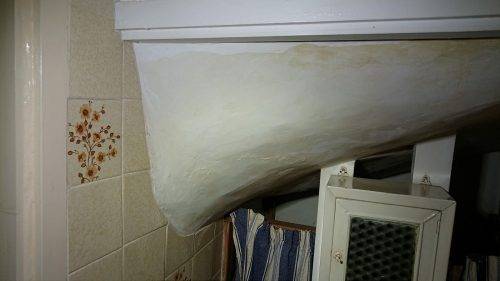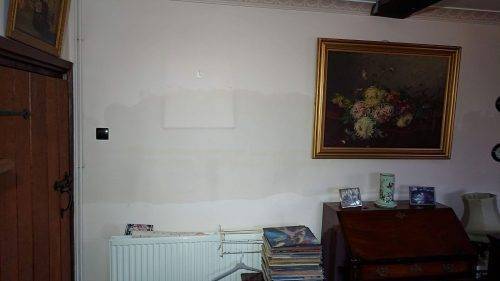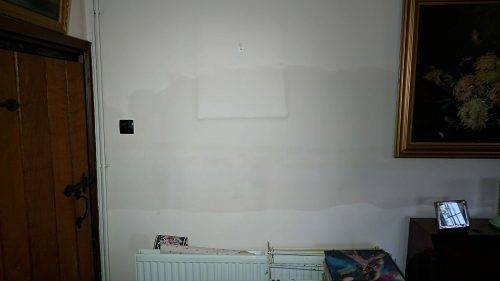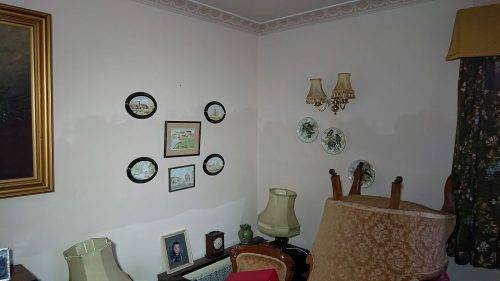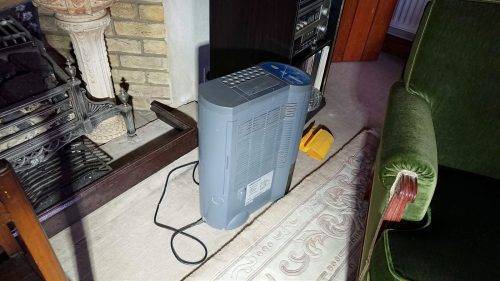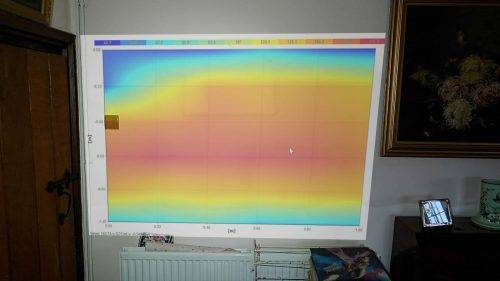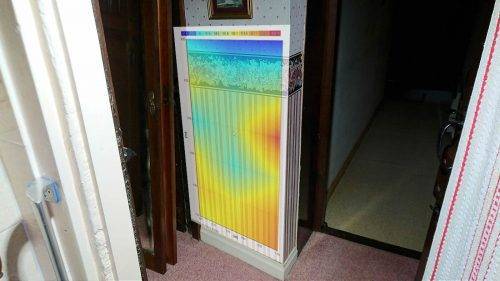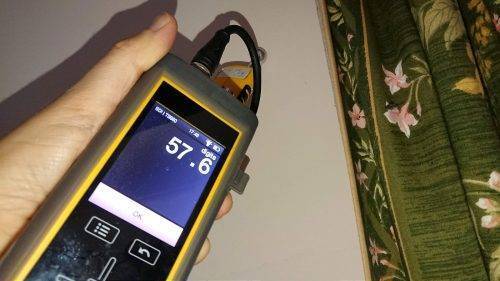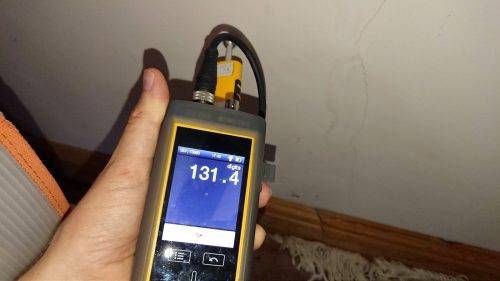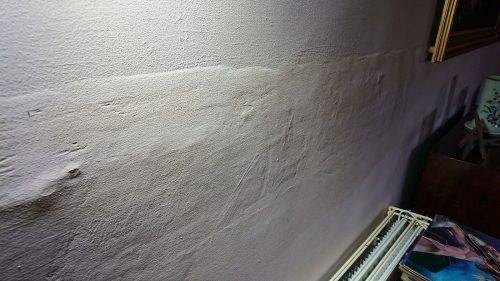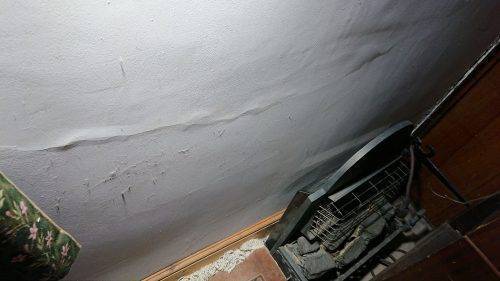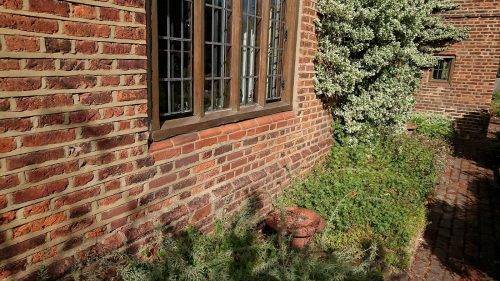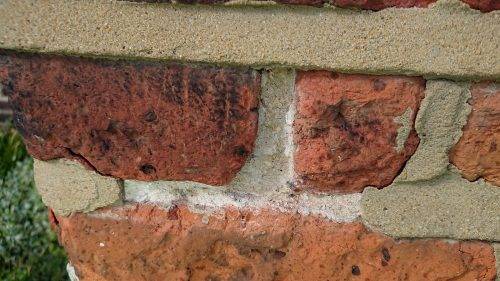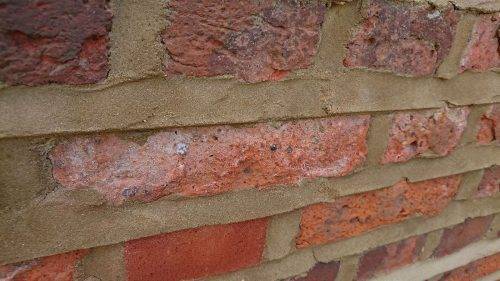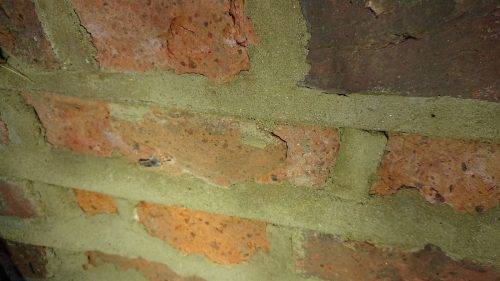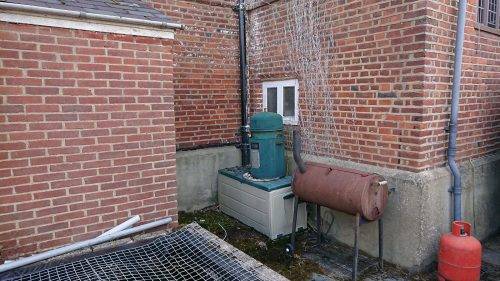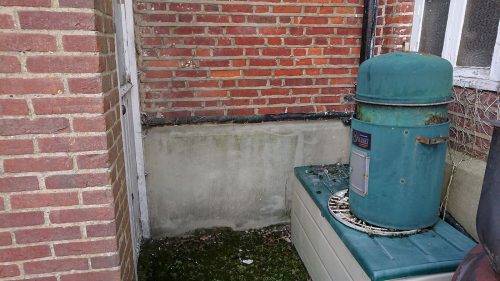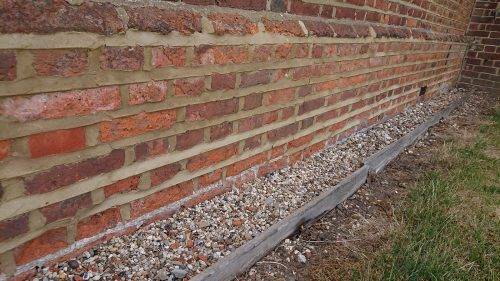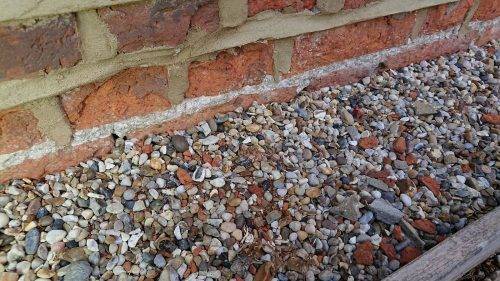The owner of this 200 year old farm house contacted us because the building had two chemical injections during the past 10 years yet the dampness problem has not been resolved.
We have done a detailed survey of the building and this is what we have found.
Pointing & Plastering Issues
The building originally has been built with lime mortar; the walls have been plastered with lime plaster. Subsequent repairs and alterations to the building have mainly been done with modern building materials such as cement.
About 30-40 years ago the building has been repointed with cement. The original lime pointing is still visible in places.
The internal plaster is mainly hard cement with gypsum finish. Some rooms also have wallpaper on top of the modern plaster. All this prevents the wall fabric to breathe, locks moisture into the building fabric and amplifies the dampness problem.
Cement Plinth
The back of the building - which is facing North, hence subject to less sunshine - also has a thick cement plinth. The cement plinth is non-breathable and thus it contributes to the overall dampness problem.
Drainage
The drainage seems to be in good order. There are French drains along several walls. The is no elevation difference, the building is located on a flat area.
Rising Damp
Rising damp has been treated "conventionally" with chemical injections. According to the owner, during the past 10 years, the building has been injected with chemicals twice. The plaster has been hacked off to about 1 - 1.2m height and replastered with a modern renovation render. Because the injections did not solve the underlying problem, the wall now not being able to breathe, became damper and damper and the moisture line moved up to about 2m height.
There is a dehumidifier in the room and the approx. 5 liter tank fills up in a 2-3 days - despite of the hot summer weather.
Despite common belief that hot weather should dry the walls out, heat also increases the rate of evaporation and if the source of the moisture has not been rectified, more water (and salts) are being drawn through the building fabric than is cooler weather, resulting in the faster decay of the building fabric.
